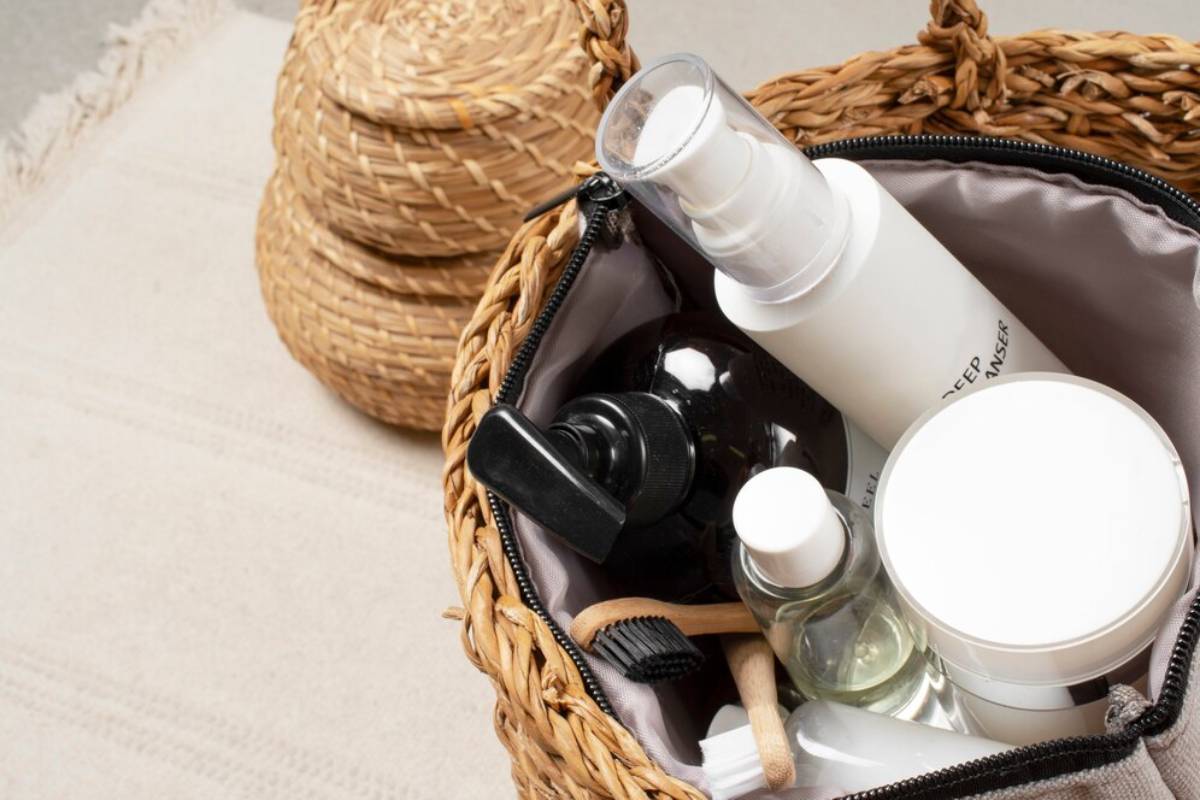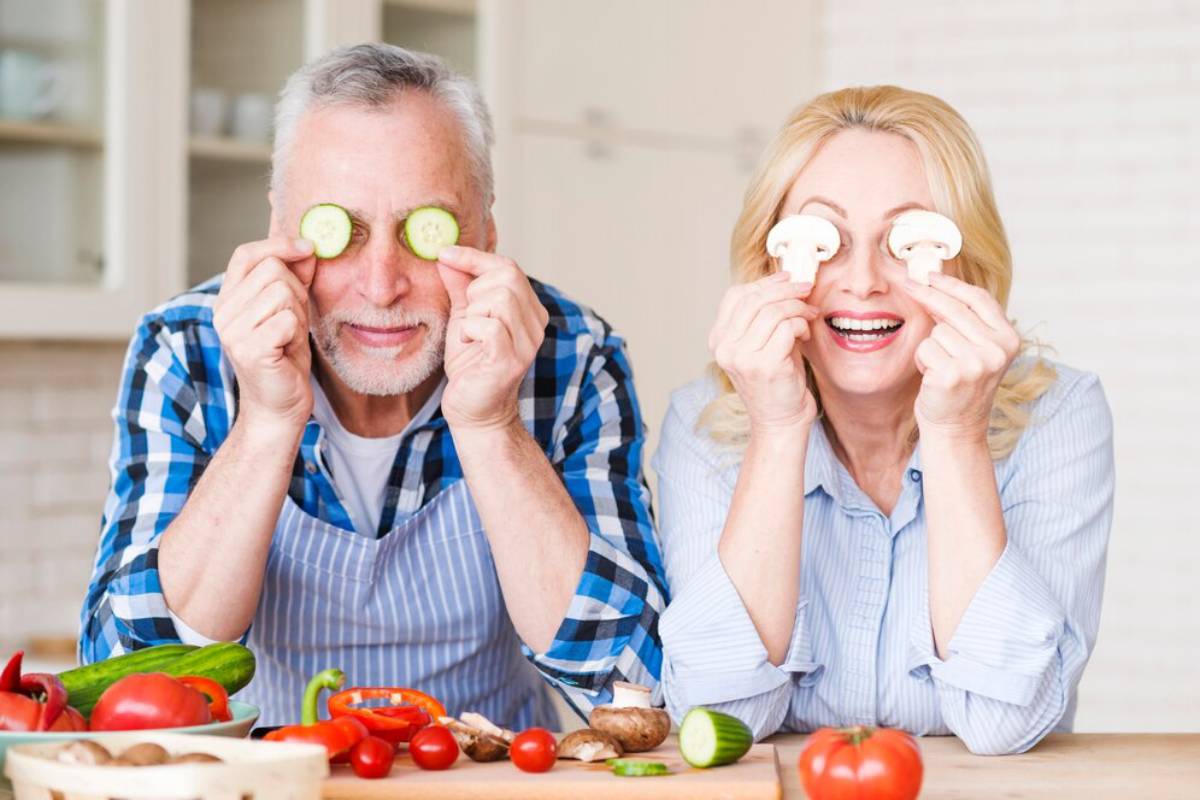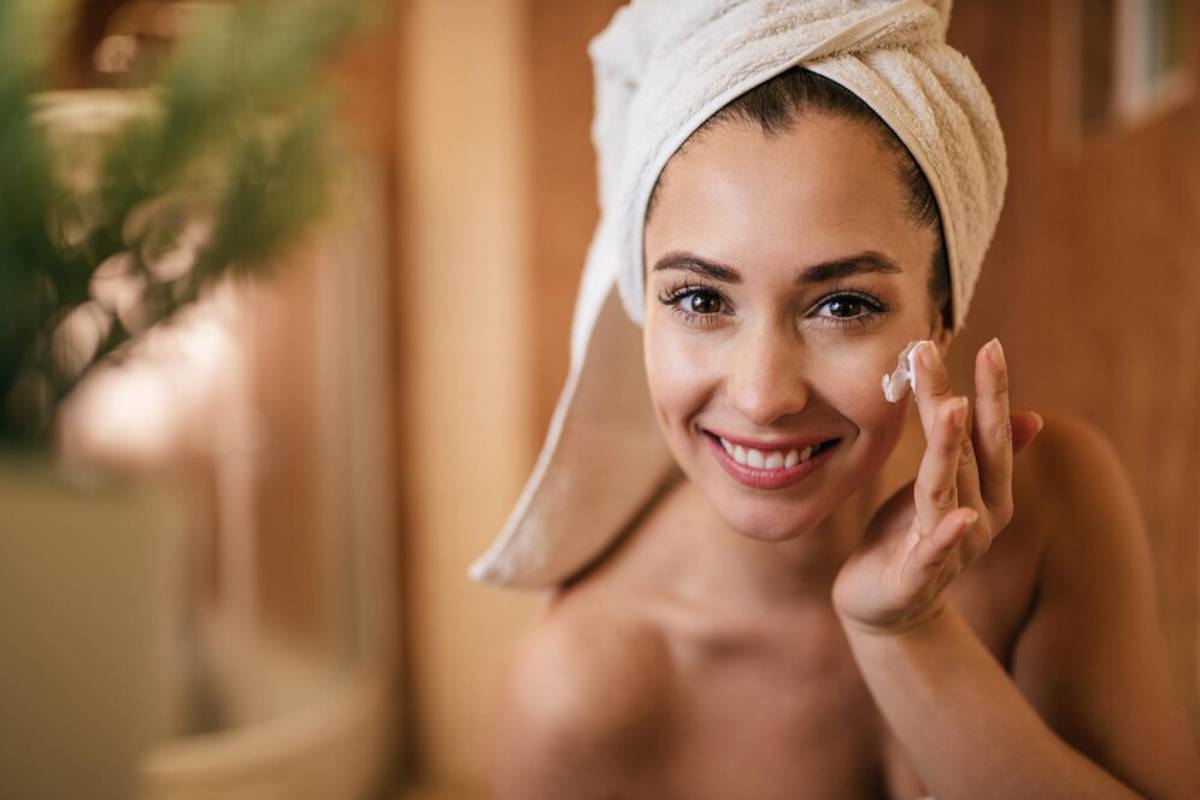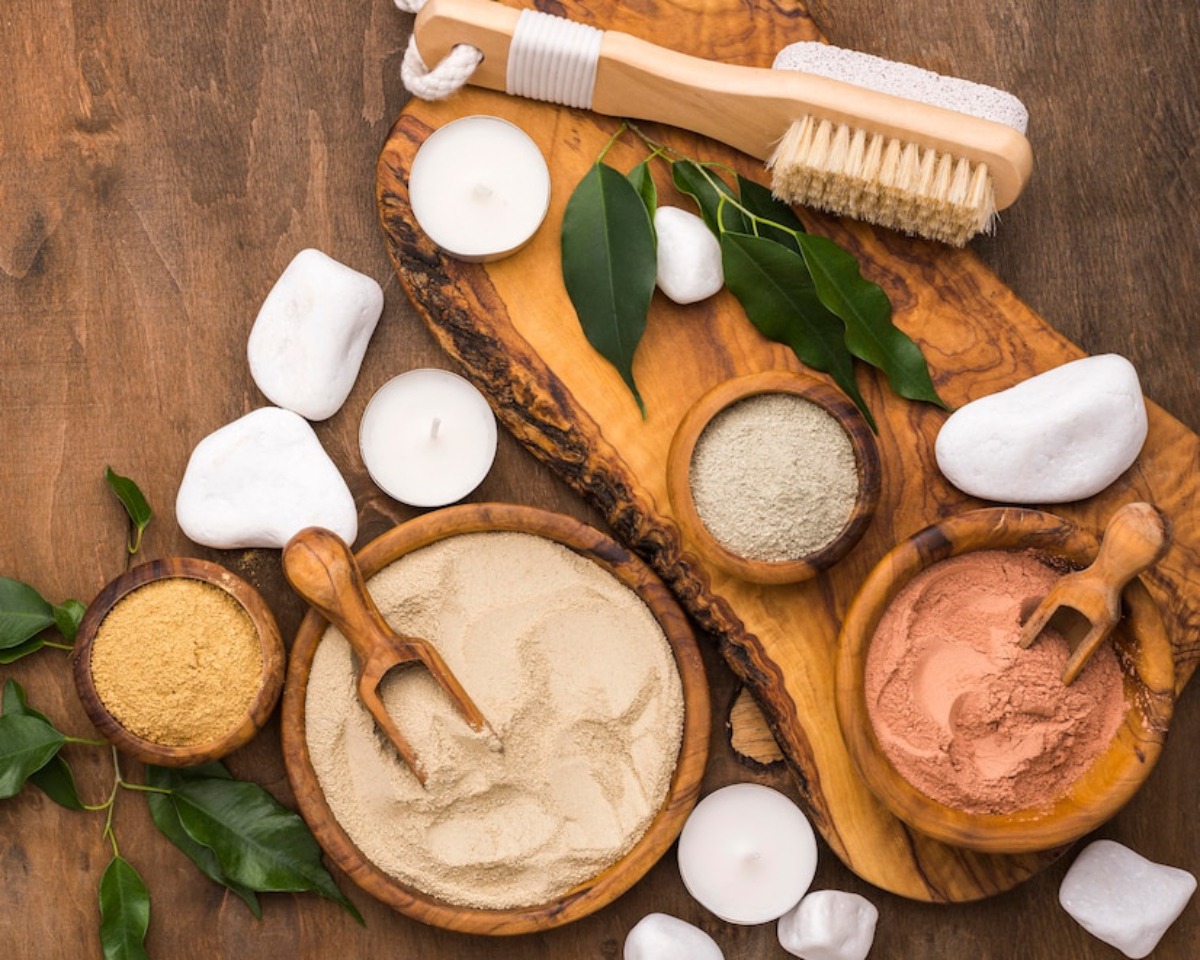
DIY Skincare Recipes from Different Cultures
In the changing world of skincare, DIY beauty tips and homemade face masks draw in fans of natural solutions. Many people in the beauty industry are exploring organic skincare methods from different cultures. These age-old traditions help create radiant skin and show the beauty of cultural heritage.
This guide shares DIY skincare recipes from different cultures. It shows how these practices support beauty and wellness.
Pro Tip:
DIY skincare using cultural beauty secrets helps you achieve glowing skin while embracing natural ingredients and sustainability.
Quick Guide:
- Understand Cultural Significance: Skincare traditions blend history, nature, and holistic beauty.
- Try DIY Recipes: Use turmeric masks (India), rice water toners (Japan), and Rhassoul clay masks (Morocco).
- Use Fresh Ingredients: Ensure safety and effectiveness.
- Be Consistent: Regular use gives lasting results.
- Personalise: Adapt recipes to your skin type and seasons.
Important:
Cultural skincare is a blend of tradition and science. Experiment and enjoy nature’s beauty secrets!
The Importance of Cultural Skincare Traditions

1. Historical and Cultural Significance
Skincare traditions weave a rich tapestry of history and cultural meaning. They embody a profound connection to nature and the resources it provides. These age-old rituals harmonise beauty with wellness, crafting a holistic experience. This balanced approach nurtures not just the body but also the mind.
2. Embracing Natural Ingredients
Craft your own skincare with DIY recipes that celebrate nature’s bounty. Say goodbye to synthetic additives lurking in commercial products! Embrace the power of local treasures like honey, turmeric, and aloe vera. These natural wonders are packed with healing magic. Incorporating them into your routine reduces irritation and boosts your glow. Say hello to skin that radiates health and vitality!
3. Sustainability and Cost-Effectiveness
Embrace the magic of DIY beauty—it’s a boon for your skin and your wallet. Most of the ingredients are right at home or just around the corner. This means saving dollars while treating yourself to skin delights! By opting for natural methods, you shrink waste and lighten the load on our planet. Let your beauty routine be both kind to your skin and gentle on the environment!
4. Fostering Cultural Appreciation and Connection
Unveiling skincare secrets from around the globe enriches our appreciation. Each tradition reveals unique treasures that elevate our beauty rituals. We embrace the ancient wisdom of diverse cultures, sparking a delightful exchange of ideas. Together, we honour traditions that have stood the test of time.
Step-by-Step Guide: DIY Skincare Recipes from Different Cultures
1. Indian Turmeric Face Mask
Turmeric, the golden gem of Indian beauty rituals, shines brightly. Renowned for its soothing, anti-inflammatory powers, it transforms skin with grace. This simple face mask elevates your complexion while calming your skin.
Ingredients:
- 1 teaspoon of turmeric powder
- 2 tablespoons of creamy plain yogurt
- 1 teaspoon of honey
Instructions:
- In a bowl, blend turmeric, yoghurt, and honey into a silky paste.
- Gently spread the mixture across your face, steering clear of your eyes.
- Let it work its magic for 15 to 20 minutes of bliss.
- Rinse off with warm water, then pat your skin dry with a soft towel.
2. Japanese Rice Water Toner
Rice water, a treasured Japanese beauty secret, is known for its skin-softening and brightening effects.
Ingredients:
- 1 cup uncooked rice
- 2 cups water
Instructions:
- Rinse the rice to remove impurities.
- Soak the rice in water for 30 minutes.
- Strain the rice, preserving the nutrient-rich water.
- Transfer the rice water to a clean spray bottle for easy application.
- Spritz onto the face after cleansing to enjoy a natural glow.
3. Moroccan Rhassoul Clay Mask
Sourced from the Atlas Mountains of Morocco, Rhassoul clay is revered for its detoxifying abilities. Ideal for oily and acne-prone skin, this clay mask removes impurities while nourishing the skin.
Ingredients:
- 2 tablespoons Rhassoul clay
- 1 tablespoon rose water
- 1 teaspoon argan oil
Instructions:
- Mix Rhassoul clay and rose water in a bowl until a thick paste forms.
- Add argan oil and stir until well combined.
- Apply the mask to your face, focusing on oil-prone areas.
- Leave it on for 10–15 minutes before rinsing with lukewarm water.
4. Egyptian Milk and Honey Bath
Inspired by Cleopatra’s beauty ritual, this luxurious milk and honey bath is deeply moisturising and soothing.
Ingredients:
- 2 cups whole or coconut milk
- 1/2 cup honey
Instructions:
- Fill a bathtub with warm water.
- Add milk and honey, stirring gently to dissolve.
- Soak for 20–30 minutes to allow the skin to absorb the nourishing properties.
- Rinse with clean water to remove any residue.
Best Practices for DIY Skincare Success
1. Patch Test Before Use
Always patch test before trying on any new skincare or diy recipes on face. This way, you’re less prone to allergic reactions and the formula may not irritate the skin.
2. Use Fresh Ingredients
Basic ingredients are the most potent and effective. Using expired or contaminated products can irritate the skin.
3. Consistency for Lasting Results
When it comes to DIY skincare, consistency is everything. Incorporate these cultural beauty practices regularly for lasting benefits and a healthy glow.
Common Mistakes and Misconceptions
1. Overuse of Ingredients
Excessive use of potent ingredients can cause irritation or imbalance. Stick to recommended quantities and frequencies to avoid harming your skin.
2. Ignoring Potential Allergies
Natural doesn’t always mean allergy-free. Be mindful of possible allergies and modify recipes to suit your skin’s sensitivities.
3. Expecting Instant Results
DIY skincare requires patience and consistency. Unlike commercial products, natural remedies work gradually, yielding visible improvements over time.
Advanced Insights: Exploring Lesser-Known Ingredients
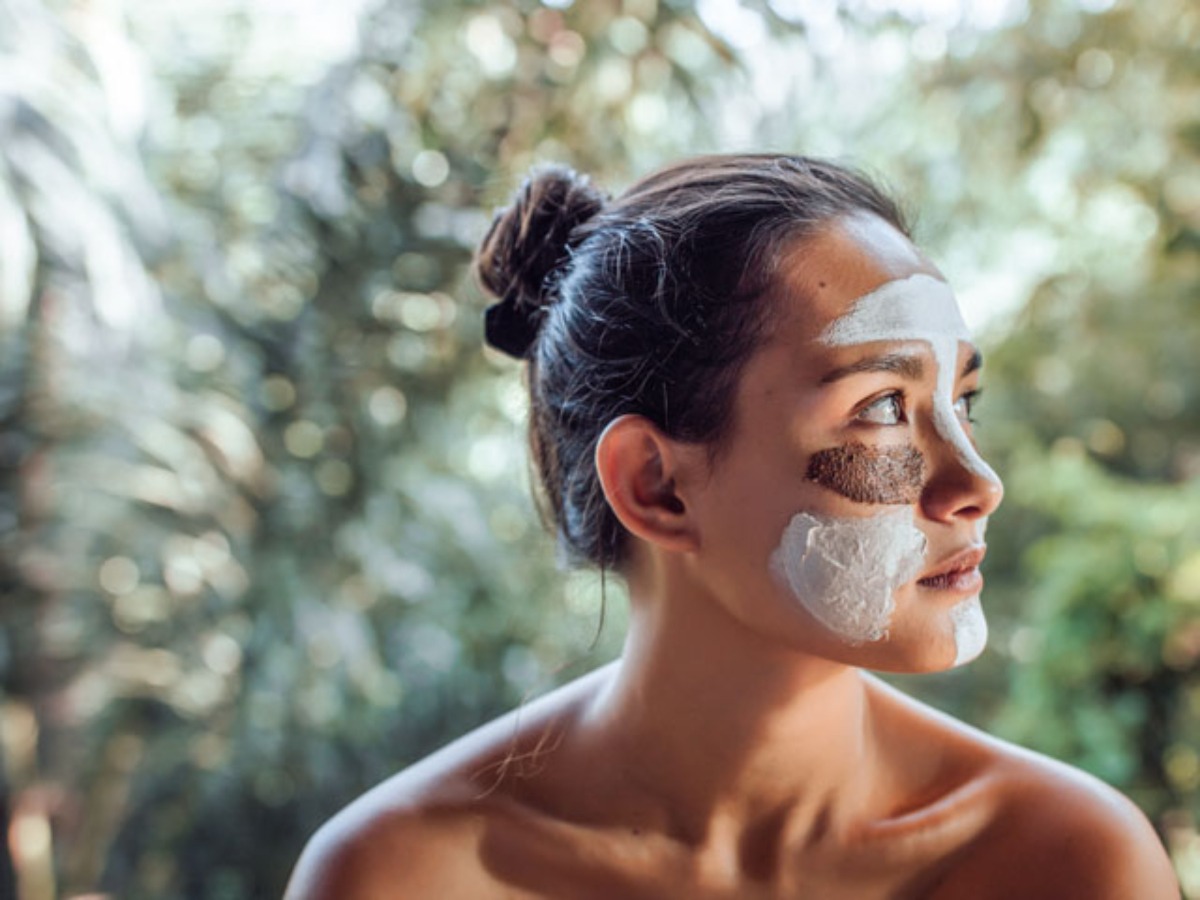
1. African Black Soap
African black soap is made from plantain skins and cocoa pod ash. It’s known for its deep-cleansing and antibacterial benefits. It effectively treats acne, eczema, and blemishes.
2. Kakadu Plum (Australia)
A powerhouse of Vitamin C, Kakadu plum is used by Indigenous Australians to brighten and rejuvenate the skin. Its antioxidant-rich profile protects against environmental damage.
3. Ylang-Ylang (Indonesia)
Ylang-ylang essential oil is valued for its ability to balance oil production and promote relaxation. It adds a calming touch to facial oils and serums.
Personalising Your Skincare Routine
1. Consider Skin Type and Concerns
Tailor your skincare routine based on your unique skin type and concerns. Whether you have oily, dry, or sensitive skin, adjust ingredient ratios to suit your needs.
2. Experiment with Ingredient Combinations
Blend ingredients from different cultures to create personalised skincare solutions. Experiment with ratios to achieve the perfect balance for your skin.
3. Adapt to Seasonal Changes
As seasons change, so do your skin’s needs. Modify your DIY recipes to accommodate shifts in climate, humidity, and temperature.
FAQs About DIY Cultural Skincare Practices
1. Are DIY skincare recipes safe for all skin types?
Most DIY recipes are safe, but it’s best to customise them to suit your skin type and perform a patch test before full application.
2. How often should I use these homemade skincare remedies?
Frequency depends on the recipe and your skin’s tolerance. Clay masks can be used 1–2 times weekly, while toners and moisturisers can be applied daily.
3. Can I store these DIY skincare products for later use?
Some recipes, like rice water toner, can be stored in the refrigerator for up to a week. However, masks and treatments should be made fresh to retain potency.
4. Are cultural skincare practices better than commercial products?
Cultural skincare practices focus on natural ingredients and being eco-friendly. However, how well they work depends on skin type and how often you use them.
5. Can I combine ingredients from different cultures?
Blending ingredients from different cultures makes unique skincare products. These formulations can be effective and tailored to your skin’s needs.
Conclusion: Rediscover Beauty Through Cultural Wisdom
Adding DIY skincare recipes from various cultures enhances your beauty routine. You can use natural ingredients and appreciate different cultures, such as simple DIY tip packs from India or Japanese beauty tips. These ancient practices provide many benefits, from a simple turmeric face mask in India to a luxurious milk bath like Cleopatra’s.
Using these cultural skincare secrets improves your routine and respects age-old wisdom. Start your journey today! Try one of these recipes, then share your experiences. This helps build a community that loves natural skincare.
